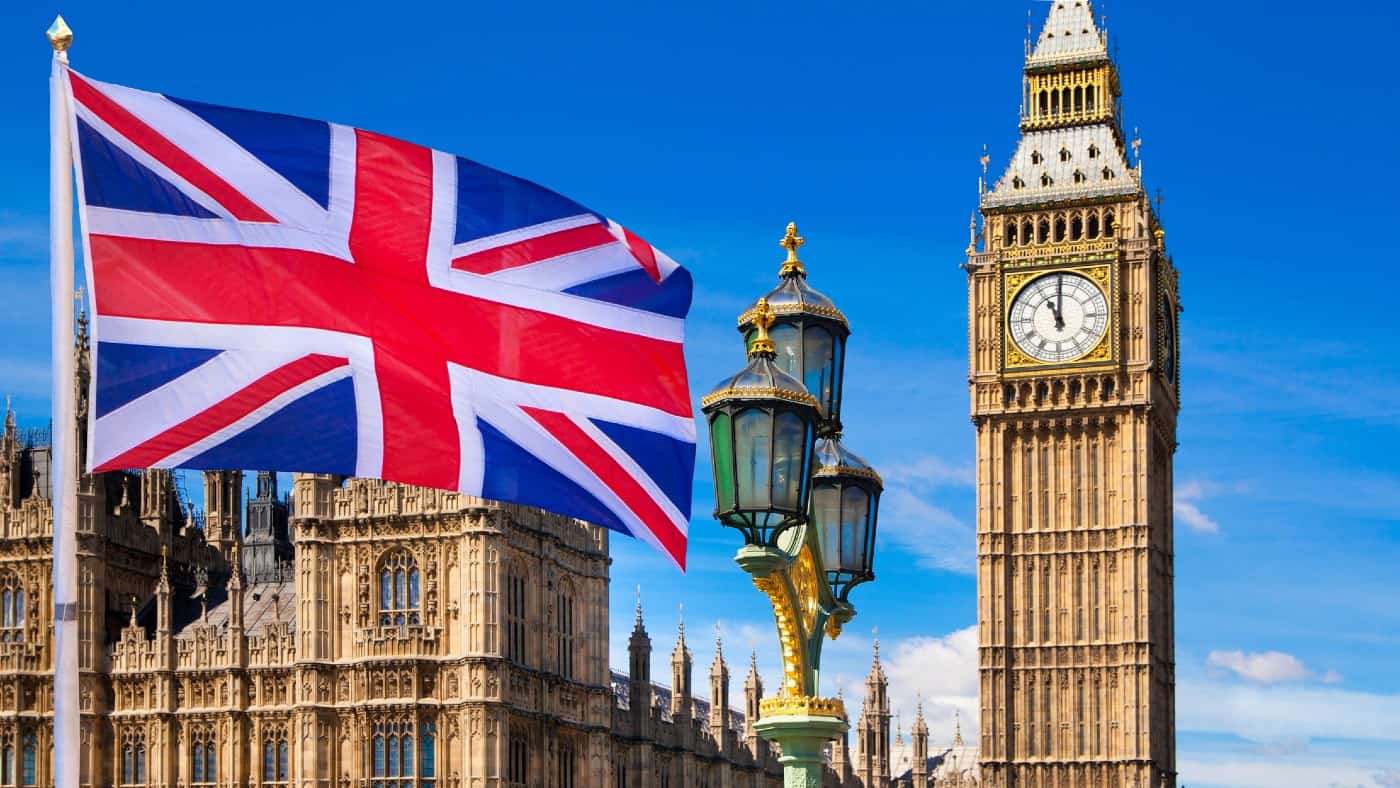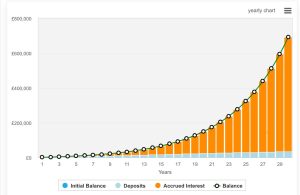Like many of my 50+ generation, I have a soft spot for FTSE retailer Marks and Spencer (LSE: MKS).
It was to us and to our parents (who may well have referred to it as ‘Marks and Sparks’), a national institution.
If a good pair of trousers or shirt or sweater were needed, Marks and Sparks is where we went. And we are the generation that wore its Y-fronts or knickers without demur.
It was in making the transition from my generation to my son’s that the firm ran into trouble. It tried to capture a newer audience without the required market insight, in my view. It failed to do so and in the process it lost much of its old market as well.
Its demotion from the FTSE 100 to the FTSE 250 in 2019 was the logical outcome of this flawed strategy. However, it was promoted back last year, so should I buy it?
Growth outlook
Its promotion followed a wide-ranging reorganisation that saw it boost its online coverage and food business and revamp its clothes offering. Crucially, in my view, it also reverted to its previous core focus on good quality at a fair price.
In its full-year 2019 results, it made a profit before tax and adjusting items of £84.6m. The same benchmark in its 2024 results released on 22 May was £716.4m. This in turn showed a 58% increase on the year before.
Within this 2024 figure, its Food business and Clothing & Home sales jumped 13% and 5.3% respectively. Both businesses have now seen 12 consecutive quarters of sales growth.
The firm was also able to introduce a dividend of 3p a share. On the current share price of £3.24, this yields just under 1%.
Looking ahead, analysts estimate that its earnings will increase by 6.9% a year to end-2026.
Is there value in the shares?
All firms have risks, and Marks and Spencer is no different. The key one here I think is the enormous degree of cut-throat competition in the retail sector. This comes principally from the major supermarkets and the budget chains in the food sector. In the clothing sector, there is at least the same level of competition.
That said, the share looks very cheap to me compared to its peers. On the key price-to-earnings ratio (P/E) stock valuation measurement it currently trades at just 15. The average P/E of a group of major peers is 28.7.
These comprise Tesco at 12.7, Industria de Diseno Textil (Spain’s Inditex) at 25.6, Walmart at 30, and J Sainsbury at 46.5.
To find out how cheap it is in cash terms, I ran a discounted cash flow analysis. This shows the stock to be 33% undervalued at its present price of £3.24.
So a fair value for the shares would be £4.84, although they may go lower or higher than that.
Will I buy them?
Aged over 50 now, I am focusing on shares that pay me very high dividends, which Marks and Spencer currently does not.
However, if I were 10 years younger, I would buy the stock for its strong growth prospects.
As these also drive share prices and dividends, I think both will rise over time as well.
This post was originally published on Motley Fool







